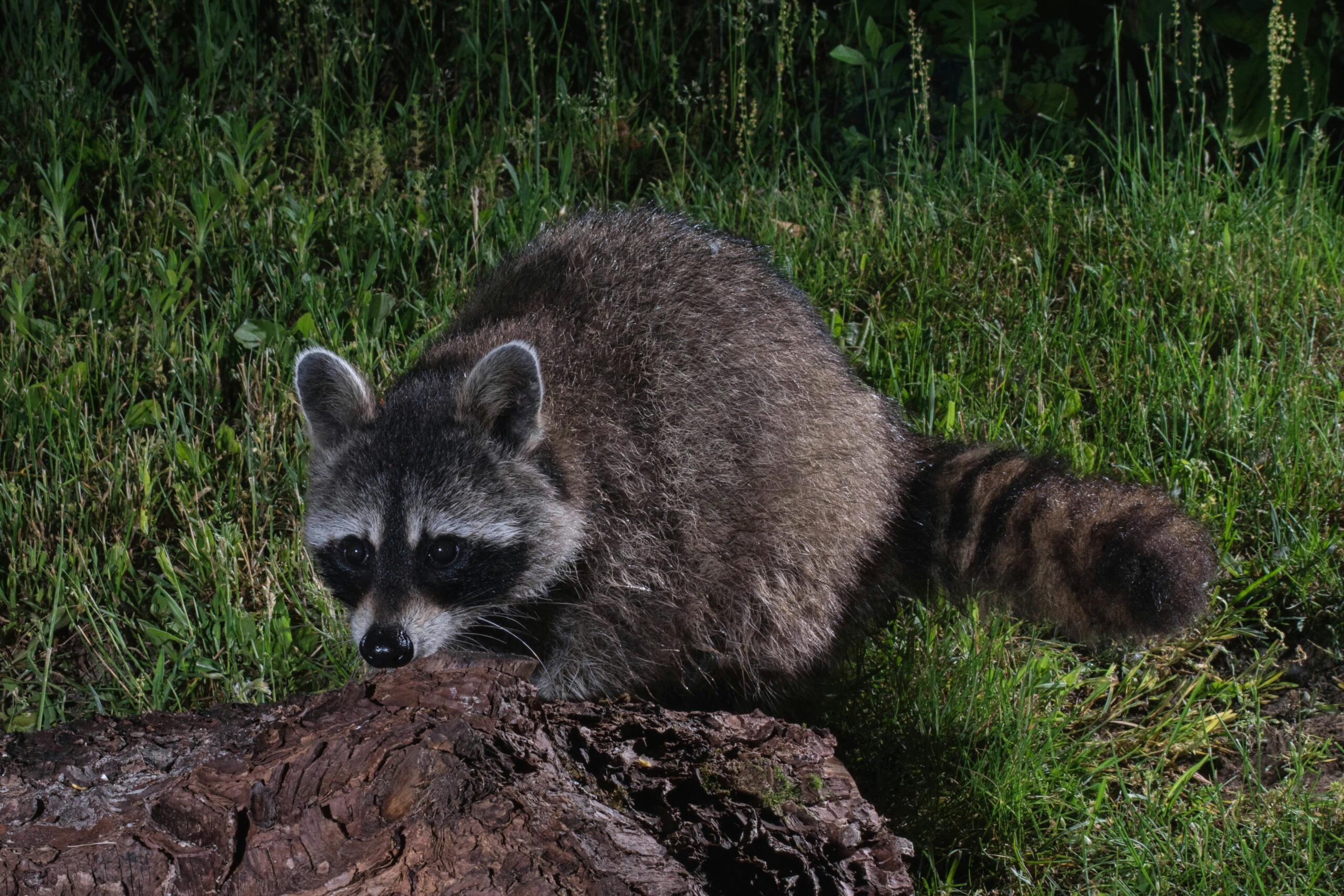The impact of light pollution on wildlife and how we can help
by Ontario SPCA and Humane Society | Interesting | August 12, 2025

Light pollution is often seen as a problem for humans, disrupting our sleep and spoiling our view of the night sky. However, did you know light pollution can also span beyond urban areas into the natural world?
Wildlife, particularly nocturnal animals, rely on darkness for navigation, hunting, mating, and migration. The intrusion of artificial light is disrupting these vital behaviours, often with devastating consequences.
How light pollution affects wildlife
Wildlife has evolved to thrive in the rhythms of natural light and darkness. For example, sea turtles use the moonlight to find their way to the ocean after hatching. Bright lights along beaches can disorient them, causing them to head in the wrong direction, often toward danger or populated areas. Similarly, migratory birds, which rely on the stars to guide their long journeys, can become disoriented by bright lights from buildings and towers. The result can be fatal, as these birds crash into buildings or become exhausted by prolonged flights.
Even creatures that aren’t necessarily nocturnal, like certain insects and amphibians, are impacted. Moths and other insects are drawn to artificial lights, which disrupt their mating patterns and predation cycles. In turn, this affects the broader ecosystem, as these insects are a food source for many animals, including bats, birds, and frogs.
What you can do to help
While the effects of light pollution on wildlife are concerning, there are simple steps we can all take to minimize our impact:
- Use outdoor lighting wisely: Switch off unnecessary lights and use motion sensors or timers to reduce lighting during the night. This minimizes light exposure to wildlife and saves energy.
- Install shielded lighting: Install lighting that directs the light downward rather than upwards into the sky. This prevents light from spilling into areas where wildlife is active.
- Opt for wildlife-friendly lighting: Choose lights with lower colour temperatures (warm lights) that are less disruptive to animals. Avoid bright white or blue lights, which are more harmful to wildlife.
- Spread the word: Inform your family and friends about wildlife-friendly lighting practices that reduce light pollution.
Light pollution is a growing concern for wildlife, affecting species in ways that are often overlooked. By making conscious choices about how we use and manage light, we can help mitigate the negative impact on animals that rely on natural darkness for survival. A small change on our part can make a big difference for the creatures sharing our planet.
As a registered charity that does not receive annual government funding, the Ontario SPCA depends on the generosity of donors to change the lives of animals. Please consider donating today.
Categories
Testimonial
Thank you for your dedication
Thank you for your dedication to helping the animals. Every animal deserves a loving home and to be treated royally. Just imagine a day without animal cruelty. What a wonderful day that would be!
